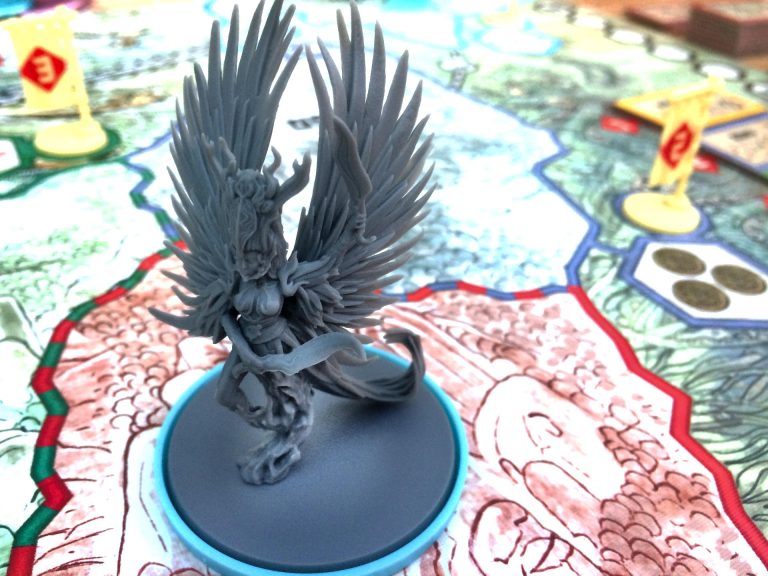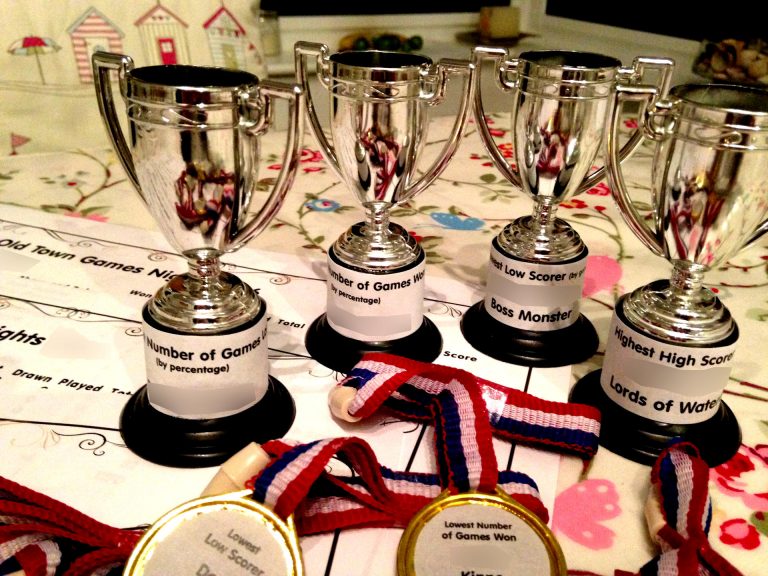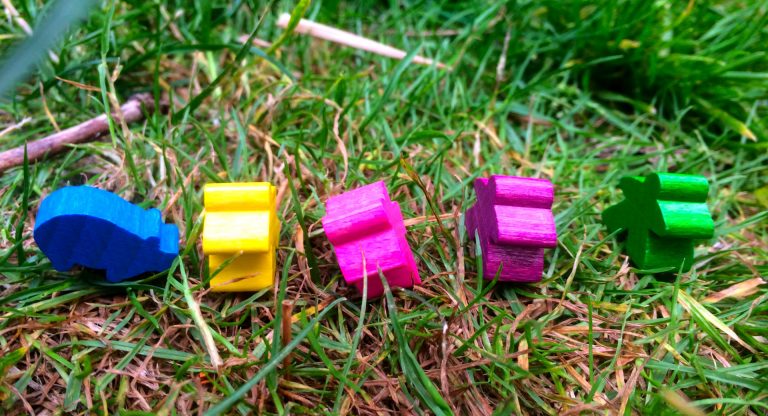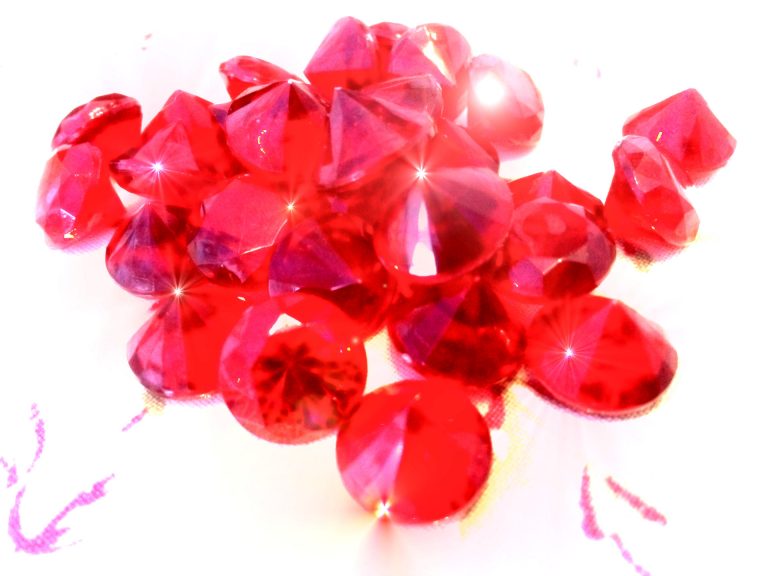Breaking down
Classifying things we encounter is important. It gives us a way to describe them to others, allows us to decide whether things are similar or different and provides a method to create connections between them. Classifications help us with decision making and prediction. However, classifications alone don't fully describe things and especially when we talk about classifying tabletop games, there are a lot more nuances and details that cannot be described by classifications alone. So I want to explore how far classifications can go until their usefulness deteriorates.











